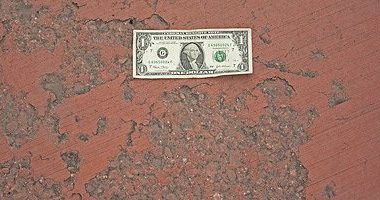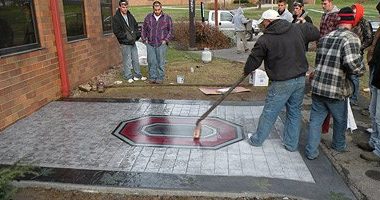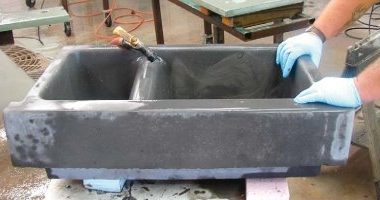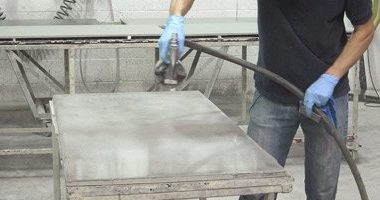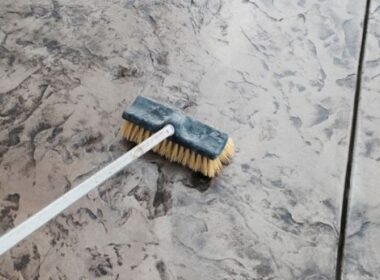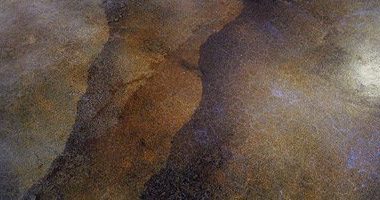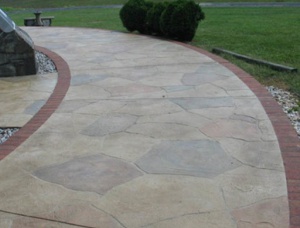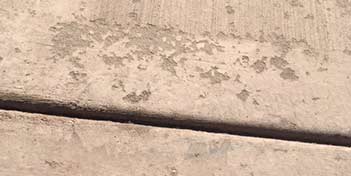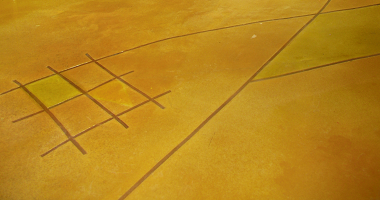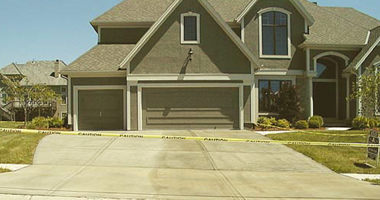Watch out for water, especially in climates where you get cold winters. Water is by far the biggest challenge you will face as a decorative concrete professional. Words like “spalling,” “flaking,” “pitting” or “chipping” are not what people making a living in concrete want to hear. and rarely do these words mean a satisfied customer a profitable month.
This website uses cookies so that we can provide you with the best user experience possible. Cookie information is stored in your browser and performs functions such as recognizing you when you return to our website and helping our team to understand which sections of the website you find most interesting and useful.
